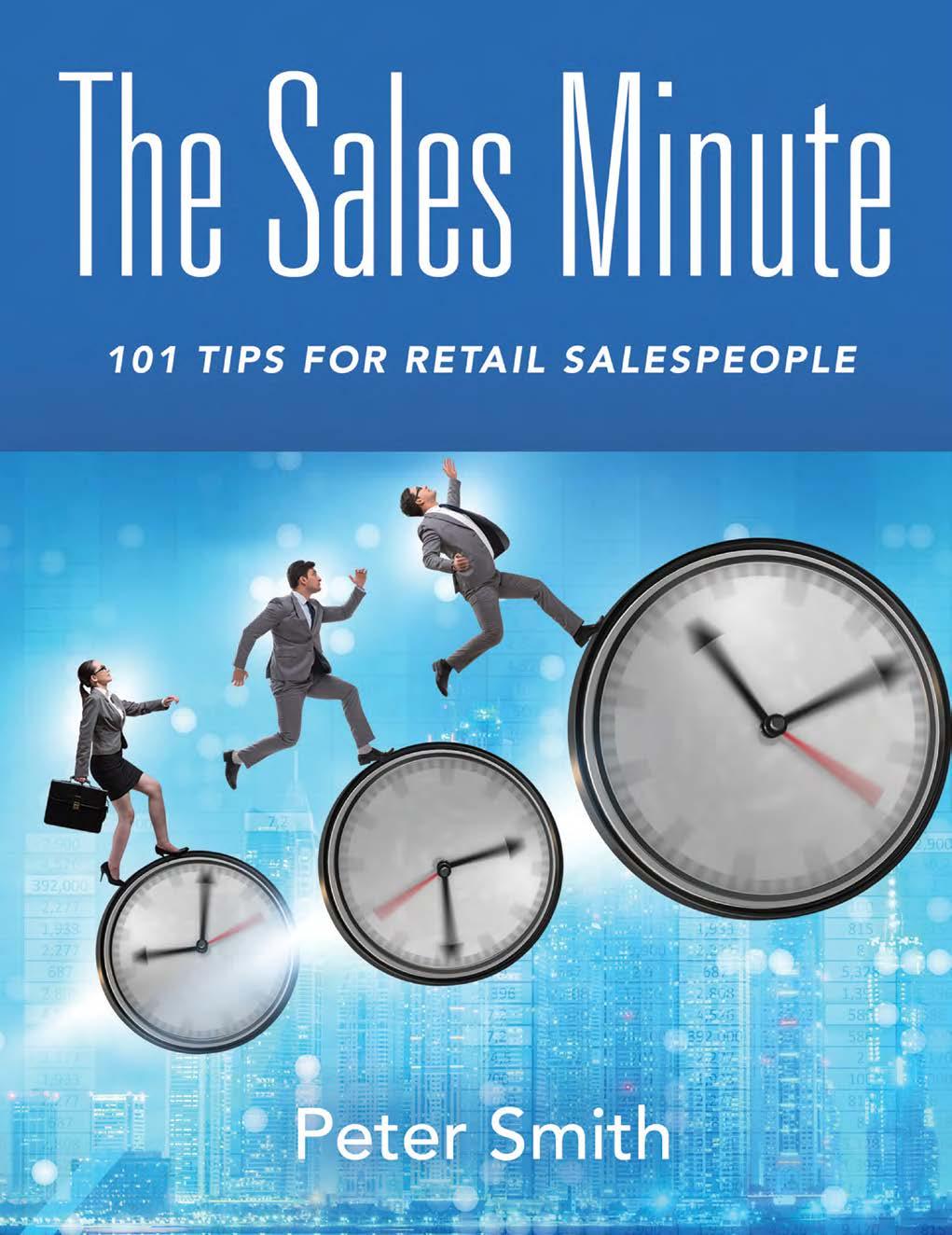
2 minute read
Q&A: Peter Smith on 'The Sales Minute'
continued from Page 22
PS: The choice to do a smaller book, 5x7, versus the standard 6x9 format, was designed to drive home the idea of a companion piece and ease of accessibility. It presented some challenges in that I had to work hard to reduce some of the tips to ensure they fit on a single page. That was an interesting but worthwhile challenge.
M:S: Is this book targeting first time salespeople, or more seasoned professionals?
PS: Great question and the answer is yes. You don’t have to be a seasoned salesperson to get value from this book, but if you are more experienced, I suspect there will be some real nuggets in the book that you will find to be helpful.
M:S: Can you give us a couple of examples?
PS: Sure. I read voraciously on the subject of sales psychology, consumer-behavior, and neuroscience, and yet I was only recently reminded when reading a book on the psychology of pricing that the number of syllables we use when quoting a price to a customer impacts how they perceive that price. That is not something we hear about on a regular basis, and yet there is science to back it up and it is, in my view, an incredibly interesting and useful tip.
There are quite a few tips dealing with body language and non-verbals, and one in particular, cautions salespeople not to touch their necks after they quote a price. It’s something you see salespeople do from time to time and the act can unintentionally communicate to the customer that the salesperson lacks confidence in the price.
Another example is furniture. We have long discussed the merits of greeting customers while standing behind showcases, counters, or desks. In short, you will be better off not having furniture between you and your customer if that can be avoided…at least when greeting them.
M:S: Because of the short format, was this book easier to write than Hiring Squirrels or Sell Something?
PS: No. More than a writer, I consider myself to be a storyteller, and the longer form of the previous books allowed for that to flow naturally. The very reductive nature of The Sales Minute proved quite a challenge as I was trying to make some really important points, based on real science and academic research, and trying to get that point across in very few sentences. It was a great discipline, but not a fun process.
M:S: What is your goal with The Sales Minute?


PS: I’d love to see every salesperson in retail own a copy, wear it out with notes and highlighters, and have to buy replacement copies. Seriously, it would be great if some of those tips could be difference-makers for salespeople. That means they use them, they see the benefits of doing so, and perhaps it encourages them to read additional writing on the psychology of sales.
M:S: Where can people buy the book and how can they reach you?
PS: The book is available on Amazon.com, on Barnes & Noble. com and at many other book sellers. The best way to reach me is on LinkedIn or at Dublinsmith@yahoo.com.












